It was not until the 17th century that this area acquired the name Temple Bar. During the 18th century Temple Bar came into its own. The development of the docks along the Liffey led to the creation of a busy commercial centre around the Custom House, where the Clarence Hotel now stands. The growth of business in the area was matched by a similar growth in bagnios or brothels.
Up to the 18th century the area was a maze of small alleys and lanes, typical of cities at the time. Crown Alley, today Temple Bar’s busiest shopping street, was only two or three meters wide. During the 18th century Temple Bar took on the shape most familiar to us today. The Georgian style of house replaced its predecessor to such an extent that virtually nothing remains now, above ground, before this time.
As early as the 18th century Temple Bar was establishing itself as one of Dublin’s most sociable quarters. The theatres at Crow Street and Smock Alley, and the Music Hall on Fishamble Street were three of the city’s most important entertainment venues. These were accompanied by dozens of taverns and coffee houses. The area remained much the same until the 1950’s and 60’s where it saw a great decline.
Recent years has seen a revitalization of Temple Bar as a Cultural Quarter.
Matted in forest green and framed in cherry or black wood. Each print is signed and dated by the artist.
.
Each print is signed and dated by the artist.


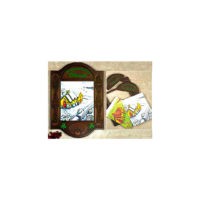

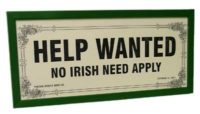
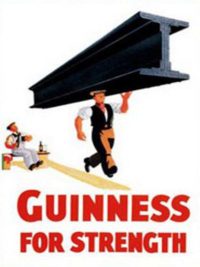
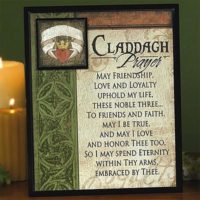

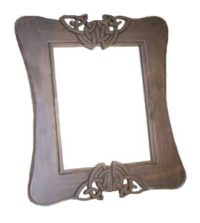
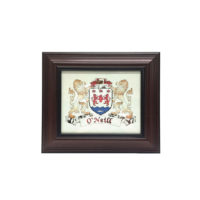
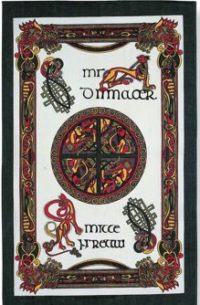
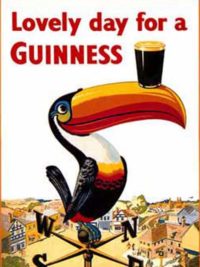

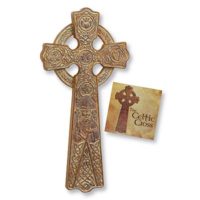
Reviews
There are no reviews yet.